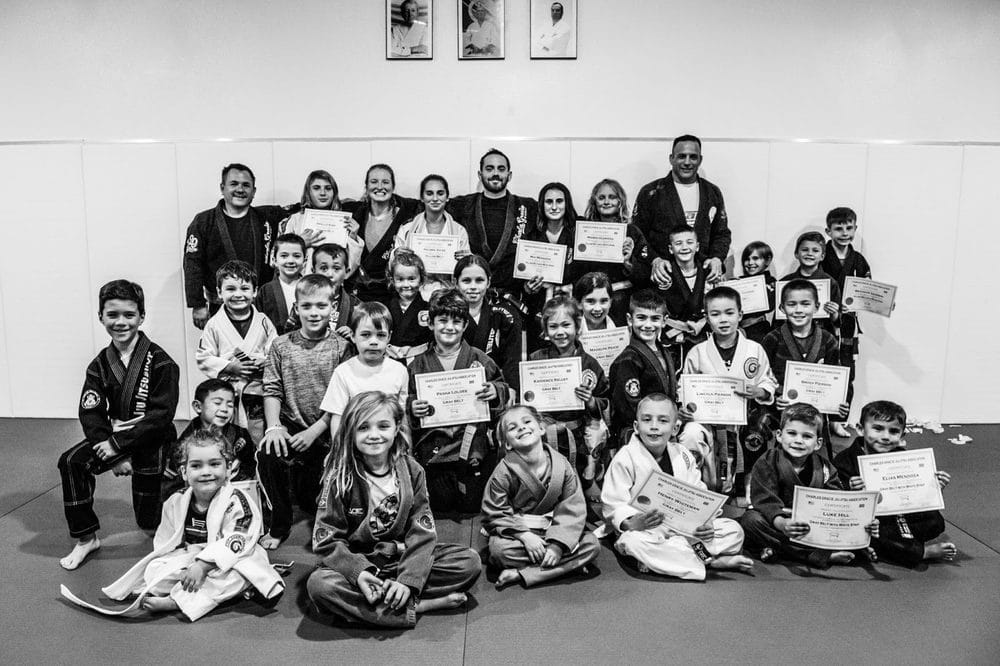

From Ancient to Modern: Jiu Jitsu’s History and Evolution
If you are interested in learning martial arts or just want to get into better shape, it might be interesting to learn more about jiu jitsu. The history of this particular sport is a combination of the story of emigration between cultures and the need for self-defense. While finding a class in any martial art could be as easy as typing martial arts near me into a browser, choosing this adaptive form could be one of the most intriguing ways to learn the sport while appreciating its unique history.
In the Beginning
Few people connect the spirituality of Buddhism with modern day jiu jitsu schools, yet that is where some of the most basic moves originated in the sport. In the beginning, Buddhists practiced their own forms of self-defense in times of need, and their goal was simply to survive without undue harm to others. It was not until the Samurai warriors were in need of their own defensive moves on foot that this art form became better known.
The famed Samurai warriors of the past were Japanese males mounted on horses and heavily armored. Their style of fighting was an effective means of combat, but their enemies eventually learned that getting them off their steeds made them vulnerable. Seeking a way to prevail when they were on foot, they searched the world and adapted the Buddhist ways of hand-to-hand combat for their own needs and called it jujutsu.
Centuries of Adaptation
When the need for defensive maneuvers were recognized by the early Japanese fighters, the restrictive nature of their armor had to be taken into account. Over the next six centuries of adaptation, war and even individual fighting changed greatly. Armor became too heavy to use, and many soldiers wore less of it. They had the ability to move faster, and their ease assisted them in creating yet more moves in theJapanese art of jujutsu.
The Japanese perfected their own version of this amazing sport, and it was eventually called judo across the globe. It can be found in many places online by keying adult martial arts classes into a browser, but you might want to read on to see the history that changed it As their perfection came to a pinnacle in the 1880s, Jigero Kano developed his own version that encompassed the skills and abilities of other trained fighters. One of his students, Mitsuo Maeda, brought this newest form with him when he emigrated to Brazil in 1914.
Cultural Differences
Humbleness and artistry are a way of life for the Japanese, so it should come as no surprise that Maeda was happy to teach the son of his benefactor in Brazil. George Gracie had been born in Scotland, but he eventually moved to Brazil, became a local politician, and that is how he met and helped Maeda leave Japan for his new home in South America. Teaching Carlos Gracie the art of jujutsu was just the first step in the evolution of the sport to its modern form.
There are many differences in cultures throughout the world, and it is notable that street fighting was much more common in the less ritualistic society of Brazil. The need to be able to defend against the large bullies targeting smaller people on the streets helped Carlos begin the change that would eventually sweep the world and change judo and jujutso into jiu jitsu. His cultural needs were adapted into the moves that would change it eventually into a new and exciting adventure in adult martial arts classes.
In 1925, Carlos Gracie opened the first academy dedicated to the art of jiu jitsu. He eventually trained his younger brother, and it swept through the country as the years passed. Handing down the moves that would enable smaller fighters to overcome larger attackers became a family business. In 1970 Rorion Gracie was yet one more member of the family to learn the art, but he chose to move to Los Angeles instead of remaining in Brazil.
Modern Jiu Jitsu
When Rorion left home, his goal was to open his own school for students in a new area. He eventually met and worked with Art Davies to create the Ultimate Fighting Championship. It is a combination of the many martial arts moves that can be learned in modern jiu jitsu schools. The championship was about creating an arena where those studying any form of martial arts could compete against each other.
The very first competition was held in 1993, and Royce Gracie, Rorion’s younger brother, excelled. His jiu jitsu skills helped him best four challengers larger than he was, and it helped propel the sport into the Mixed Martial Arts of modern society.
If you are interested in learning to master and compete in jiu jitsu, keying martial arts near me should easily help you find what you seek. If competition is the goal, checking out the International Brazillian Jiu Jitsu Foundation for information on specific competitions will provide the current rules and points system being used in matches.
Advertisements
gbjj
RELATED POSTS










